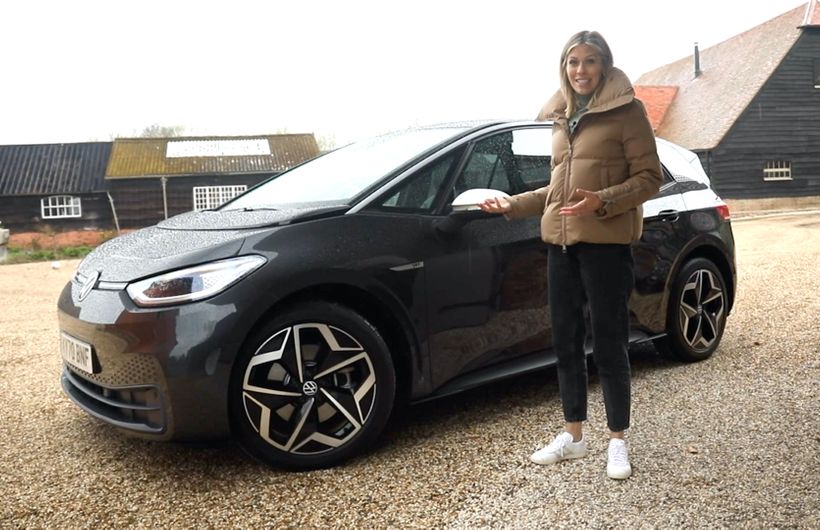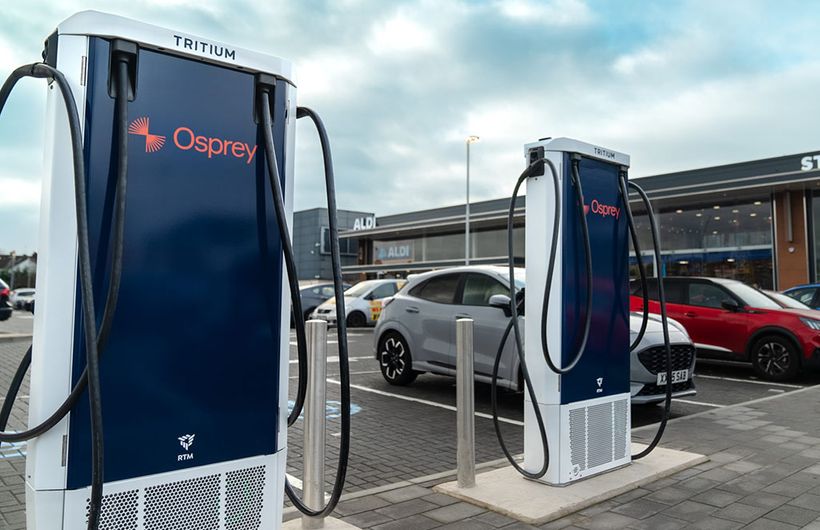In a bid to head-off spiralling energy costs the Government is introducing a cap on electricity and gas bills for domestic properties. But what does that mean in the real world for those of us running electric cars?
In less than a year many households have gone from fixed rate deals with their utility providers where electricity has cost around 14p per kWh for those on a single rate tariff to 28p a kWh after the Spring price cap was announced by Ofgem. We were facing a rise to 52p a kWh from 1 October, with likely further rises every three months after that. By our calculations, an electric car becomes more expensive to run than a petrol at around 70p/kWh if petrol costs around £1.69 per litre, so these rises would have been significant for current and potential electric car owners.
The Government’s new energy price cap, which overrules the Ofgem 52p level, means those drivers on a standard variable rate from their utility provider will now pay 34p a kWh for electricity. And this cap is in place for two years.
![VW ID.3 static shot, black car in a quartyard with presenter Nicki Shields]() Charging an ID.3 currently becomes more expensive than fuelling a petrol car when costs exceed 70p/kWh
Charging an ID.3 currently becomes more expensive than fuelling a petrol car when costs exceed 70p/kWh What’s confused many people has been the way the energy price cap is presented; as an annual figure for the average household. The £2,500 figure touted by Government isn’t really a price cap, but an example of what you would typically pay. However, if you use more electricity you will pay more.
What does the Government’s new energy price cap mean for electric car drivers?
In simple terms, your per-mile cost will increase under the new energy price cap, but not as much as it would have done if the government hadn’t intervened. If you plug in your electric car at home and you’re on a standard variable tariff, then from 1 October you’ll be paying 34p/kWh for electricity. That’s up 21% from the current 28p/kWh capped rate.
Here are two examples of what the energy price cap will do to your per-mile costs based on an efficiency figure of 3.0 miles per kWh and 4.0 miles per kWh:
- At 28p a unit, a car capable of 3.0m/kWh will cost 9.3p a mile.At 34p a unit, the same car will cost 11.3p a mile.
- At 28p a unit, a car capable of 4.0m/kWh will cost 7.0p a mile.At 34p a unit, the same car will cost 8.5p a mile.
![]() A car like the Q4 will cost an extra 1.5p per mile under the new cap
A car like the Q4 will cost an extra 1.5p per mile under the new cap I’m on a tariff with a low off-peak rate, how will the price cap help me?
Households signed up to tariff that offers a low, off-peak rate are often used by electric car owners to charge their vehicles overnight, and these will still exist. The Government has yet to give full details of how the new energy price cap will apply to these tariffs, but there is speculation some help could be provided at a later date.
Electric car drivers wanting to cut their charging costs further than the new energy cap could use one of the off-peak tariffs to pay less for overnight charging. However, always remember the low overnight rate will be balanced by a higher daytime rate that is likely to be above the price cap. Using your personal circumstances, you’ll need to work out if you’ll be better off switching to one of these rates.
I charge at work, how will the new energy price cap impact my electric car costs?
Business were not covered by the original Ofgem price cap and many are facing rates that could rise by 300% or more. However, the cost to staff to charge at work is down to the company – no matter what their electricity tariff is.
Until now, many businesses have offered either free or subsidised electricity rates in order to encourage employees to switch to electric cars. Simple economics means these schemes are likely decrease in availability as electricity costs rise for businesses.
The Government has said it will offer help to companies facing the same rising energy costs as households, but other than saying the price cap scheme will run for six months rather than 24, it has yet to provide details.
The best approach is to check directly with your company about what they intend to do, but rest assured there is still no tax implications if you are allowed to plug in at the office.
![]() Charging at work is now a generous perk for employees
Charging at work is now a generous perk for employees What does it mean for public charging network costs?
If you charge your electric car away from home on the national network of charging stations then the domestic energy price cap won’t apply. As with work place charging, while the Government has said it will help businesses with their energy bills, full details have yet to be revealed.
This has already had some significant impact on the cost of charging - operators have been posting significant increases - read our round up of prices here.
This means that public charging will become uneconomic for many people who don't have access the off-street parking. Even drivers who can plug in at home will only use public chargers to have an emergency top up.
Charging companies such as Osprey have already been cautiously optimistic about the future though, suggesting they will be able to reduce rates from their current record highs once the government's business cap kicks in. The public charging network is already subject to 20% VAT on electricity, rather than the 5% rate for domestic energy.
![]() Osprey chargers are now £1 per kWh, making them 'for emergency use only' for most drivers
Osprey chargers are now £1 per kWh, making them 'for emergency use only' for most drivers  Charging an ID.3 currently becomes more expensive than fuelling a petrol car when costs exceed 70p/kWh
Charging an ID.3 currently becomes more expensive than fuelling a petrol car when costs exceed 70p/kWh 











